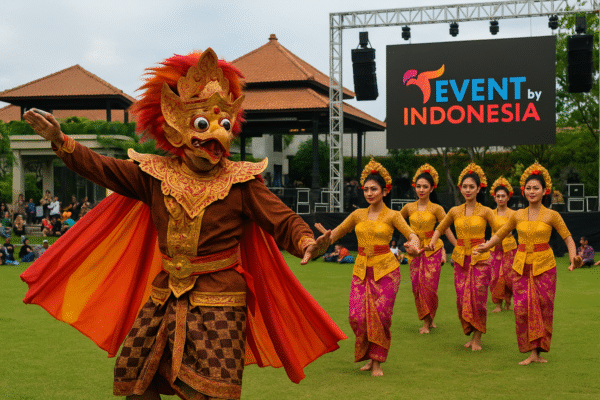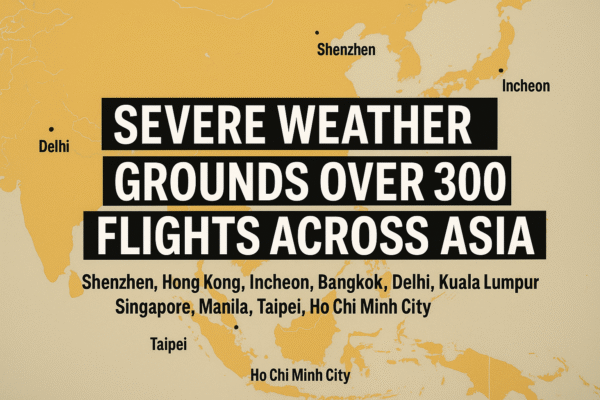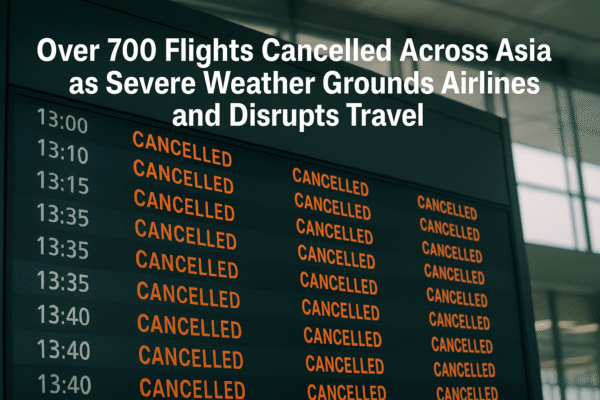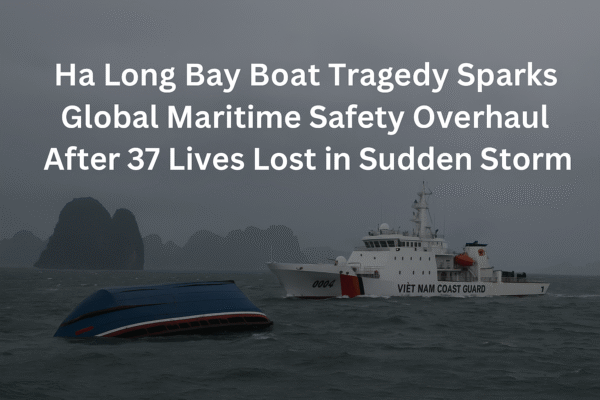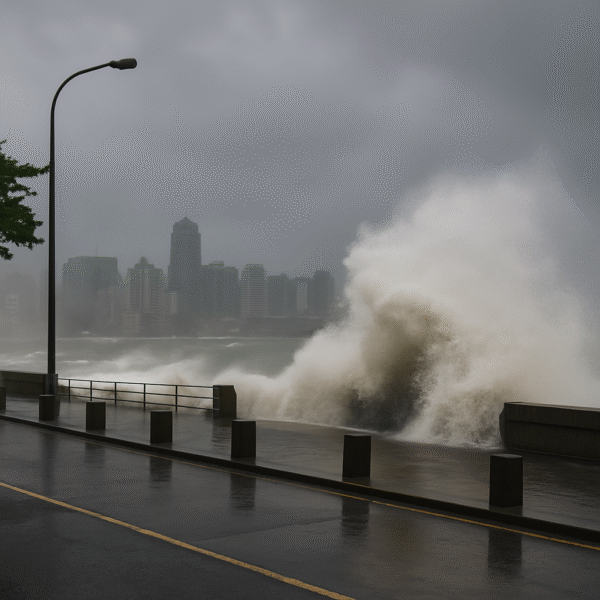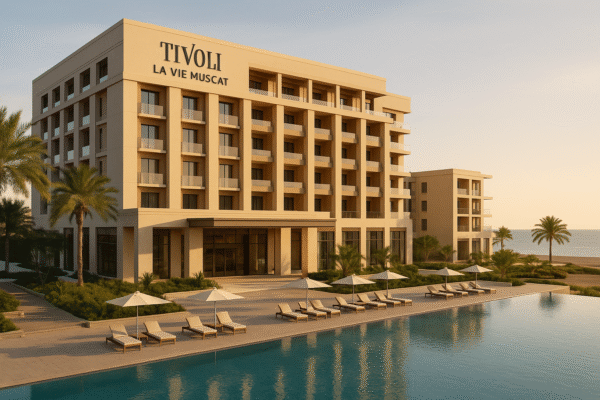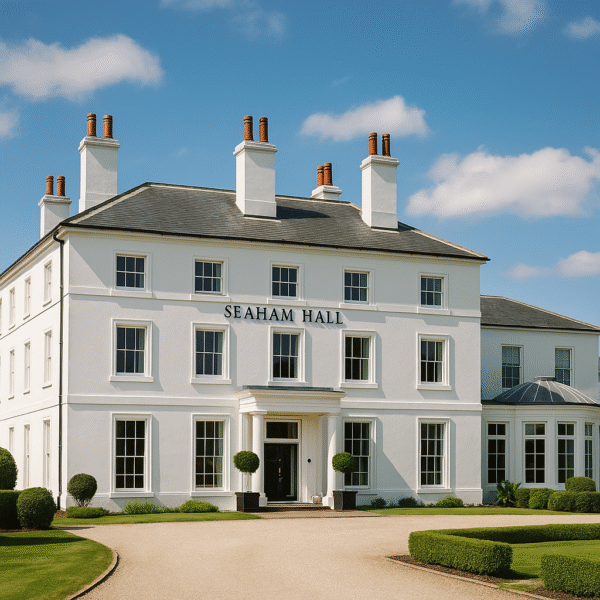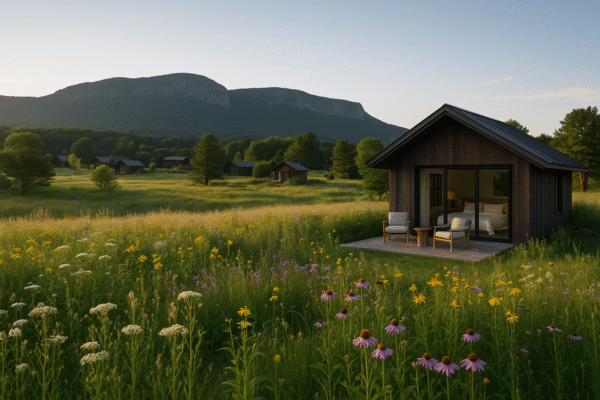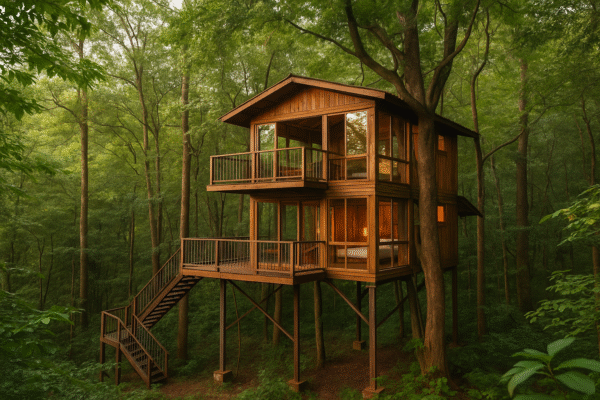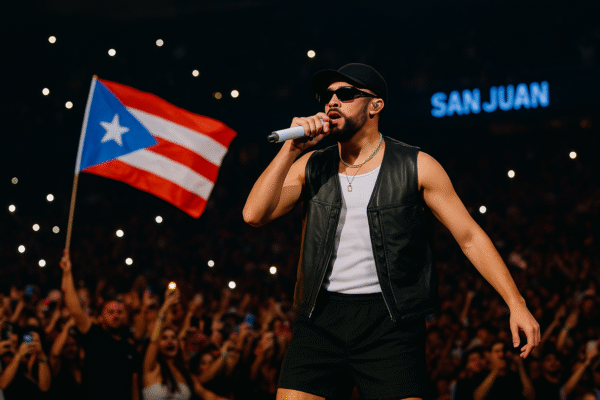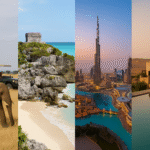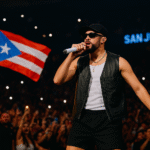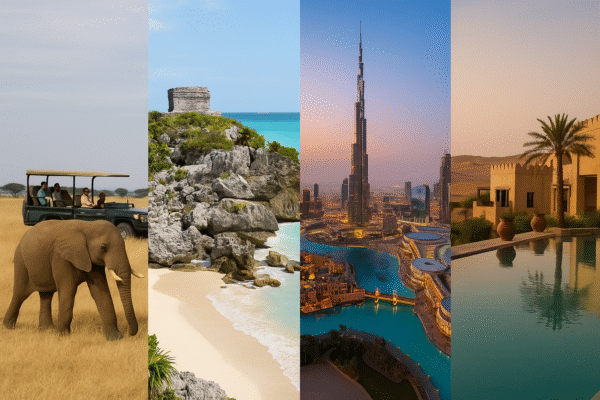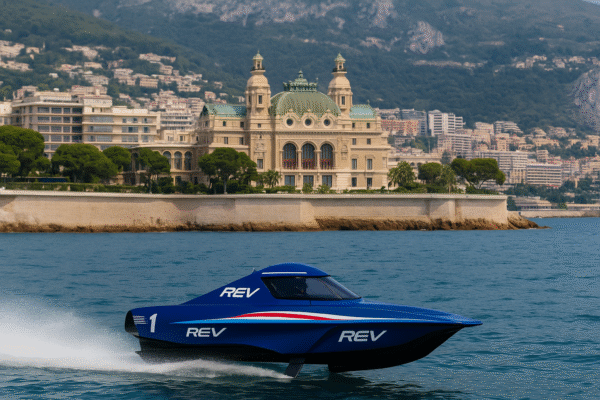Puerto Rico has always drawn visitors for its breathtaking beaches, historic architecture, and Caribbean hospitality. But in 2025, the island is experiencing a transformative wave of tourism driven not by seasonal promotions or flight deals, but by its most iconic cultural export — Bad Bunny. The global reggaeton superstar’s record-shattering residency, No Me Quiero Ir De Aquí, in San Juan, is rewriting the rulebook on travel demand, positioning music and identity at the center of Puerto Rico’s tourism success story.
With sold-out shows spanning months and fans flying in from across the globe, Bad Bunny’s residency is more than a concert series — it’s a cultural movement. And for Puerto Rico, it’s proving to be one of the most powerful economic catalysts in recent memory.
Culture as Catalyst: How Bad Bunny’s Presence Is Fueling Tourism Growth
According to Discover Puerto Rico, the island’s official tourism organization, hotel occupancy surged 25% in Q1 2025, compared to the same period in previous years. Lodging revenues climbed 11% year-over-year, marking one of the most successful quarters since pre-pandemic highs.
Experts attribute this growth not only to pent-up post-COVID travel demand but to something more visceral — cultural reconnection. Bad Bunny’s latest album, released alongside the residency, acts as a sonic love letter to his homeland, highlighting Puerto Rican heritage, slang, rhythm, and resilience.
While many global destinations are facing softening tourism figures, Puerto Rico is marching to a different beat — quite literally.
An Emotional Destination: Tourists Seek More Than Scenery
What’s drawing visitors to Puerto Rico isn’t just the scenery. It’s the emotion, authenticity, and pride that comes with experiencing a place through its own cultural lens. Bad Bunny’s concerts aren’t isolated events; they are immersive journeys filled with street food pop-ups, local artisans, pre-show dance parades, and after-parties that highlight the island’s vibrant creative economy.
This style of “emotional tourism” is on the rise globally — and Puerto Rico is leading the charge. Tourists are trading all-inclusive resorts for experiences that allow them to connect with communities, learn about history, and support local businesses.
Economic Impact Beyond the Stage
Puerto Rico’s service sector is thriving as a result. Restaurants, rideshare companies, tour operators, and boutique hotels are reporting record numbers. In San Juan’s Condado and Santurce neighborhoods — epicenters of nightlife and music — business owners say Bad Bunny’s influence has revived post-pandemic foot traffic and drawn in travelers from Latin America, the U.S., and Europe.
According to Puerto Rico Tourism Company (PRTC), visitor spending in San Juan increased by over 30% since the residency began in early 2025, with ripple effects reaching other cultural destinations on the island, including Ponce, Caguas, and Aguadilla.
Redefining Travel in the Caribbean: From Passive Leisure to Active Participation
For decades, Caribbean travel has been marketed around sand, sea, and sun. But Bad Bunny has helped Puerto Rico pivot toward destination identity, pushing the idea that a Caribbean vacation can be deeply meaningful. Visitors are now exploring Puerto Rican history at Old San Juan, hiking in El Yunque Rainforest, and participating in Afro-Caribbean drum circles in Loíza — often inspired by themes in Bad Bunny’s lyrics.
This tourism model aligns with the global trend toward sustainable and culturally immersive travel. The World Travel & Tourism Council (WTTC) has emphasized that such models not only provide more fulfilling experiences for tourists but also ensure that economic benefits reach local communities more equitably.
What’s Next for Puerto Rico’s Tourism Sector?
While Bad Bunny’s residency is scheduled to conclude in late 2025, its long-term influence is already being felt. Discover Puerto Rico is launching new campaigns focused on culture-first travel, including music festivals, culinary tours, and heritage-focused itineraries. The island is also investing in infrastructure improvements around San Juan to accommodate rising visitor numbers.
Sustainable tourism development is also on the agenda. Local government initiatives aim to manage crowds, preserve cultural sites, and promote off-the-beaten-path regions like Vieques, Rincón, and Isabela.
There’s talk of Puerto Rico positioning itself as the “Music Capital of the Caribbean”, a title it’s quickly earning not only through concerts but by nurturing local talent, creating performance venues, and hosting global arts events.
Planning Your Visit: Why 2025 Is the Year to See Puerto Rico
Whether you’re a fan of reggaeton or just someone looking for an unforgettable getaway, Puerto Rico in 2025 is an experience, not a stopover. With U.S. citizens not needing a passport, and an ever-expanding lineup of direct flights from major U.S. cities, the island is more accessible than ever.
Travelers can book Bad Bunny-themed walking tours, dine at his favorite eateries in Santurce, or simply feel the pulse of Puerto Rican pride in every song, mural, and plaza. From historic forts to beachside dance clubs, this is a destination that offers far more than relaxation — it offers resonance.
Conclusion:
Puerto Rico is showing the world that cultural pride and artistic identity can form the bedrock of a thriving tourism economy. As Bad Bunny continues to captivate global audiences, he’s also teaching the travel industry that authenticity, not algorithms, is the future of tourism.
So if you’re wondering where to go next, the answer is simple: follow the beat — and it’ll lead you to Puerto Rico.
For more travel news like this, keep reading Global Travel Wire

